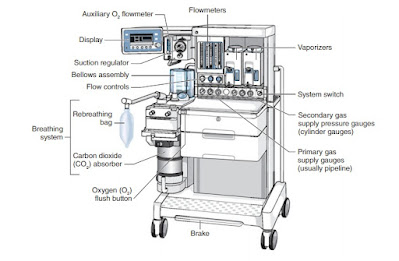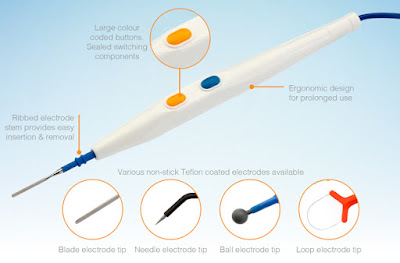Emergency Protocols in a Operating Theater
Emergency protocols in a main operating theater are crucial for ensuring the safety and well-being of both patients and medical staff.
Here's a step-by-step overview:
- Recognition of Emergency:
Promptly identify the emergency situation.
Common emergencies include cardiac arrest, respiratory distress, massive bleeding, or anesthetic complications
- Initiate Emergency Response:
Ensure communication with all necessary personnel, including anesthesia, nursing, and surgical teams.
- Assessment and Stabilization:
Evaluate the patient's vital signs and clinical status.
Begin immediate interventions to stabilize the patient, such as basic life support (BLS) or advanced cardiac life support (ACLS) measures.
Manage Airway and Breathing: If there are breathing issues, the team should secure the airway and provide ventilation support, if necessary.
Administer Emergency Medications: Use life-saving medications, such as epinephrine, if the patient is experiencing anaphylaxis or cardiac arrest.
- Control Bleeding and Secure the Surgical Site
Manage Hemorrhage: If bleeding is severe, apply direct pressure, use clamps, or pack the site to control blood loss. Suction may be used to clear the field.
Close or Stabilize Surgical Site: If possible, stabilize or temporarily close the surgical site to focus on life-saving interventions.
- Prepare for Advanced Resuscitation if Needed
Begin CPR if Required: If the patient experiences cardiac arrest, initiate chest compressions and use a defibrillator if necessary.
Activate Massive Transfusion Protocol (MTP): If severe blood loss is involved, activate the hospital’s MTP to quickly obtain blood products.
- Team Coordination:
Assign specific roles to team members.
Encourage effective communication and teamwork among the surgical, anesthesia, and nursing staff.
- Anesthesia Considerations:
If the emergency is related to anesthesia, follow specific protocols for managing complications.
Adjust anesthesia levels as needed, and be prepared to secure the airway.
- Surgical Intervention:
Consider the necessity of halting the surgical procedure.
Prioritize life-saving interventions over the ongoing surgical procedure.
- Communication with Family:
Designate a team member to communicate with the patient's family.
Provide updates on the situation and address their concerns with empathy.
Equipment and Medication Availability:
Ensure that all necessary emergency equipment and medications are readily available.
Regularly check and maintain the functionality of emergency equipment.
- Documentation:
Document the events, interventions, and responses during the emergency.
This documentation is crucial for subsequent analysis and quality improvement.
- Debriefing and Review:
Conduct a debriefing session after the emergency situation is resolved.
Analyze the events, identify areas for improvement, and update protocols as needed.
Remember, specific emergency protocols may vary between healthcare institutions, so it's essential for the surgical team to be familiar with the protocols in place at their facility. Regular training and simulations can enhance preparedness for such situations.



